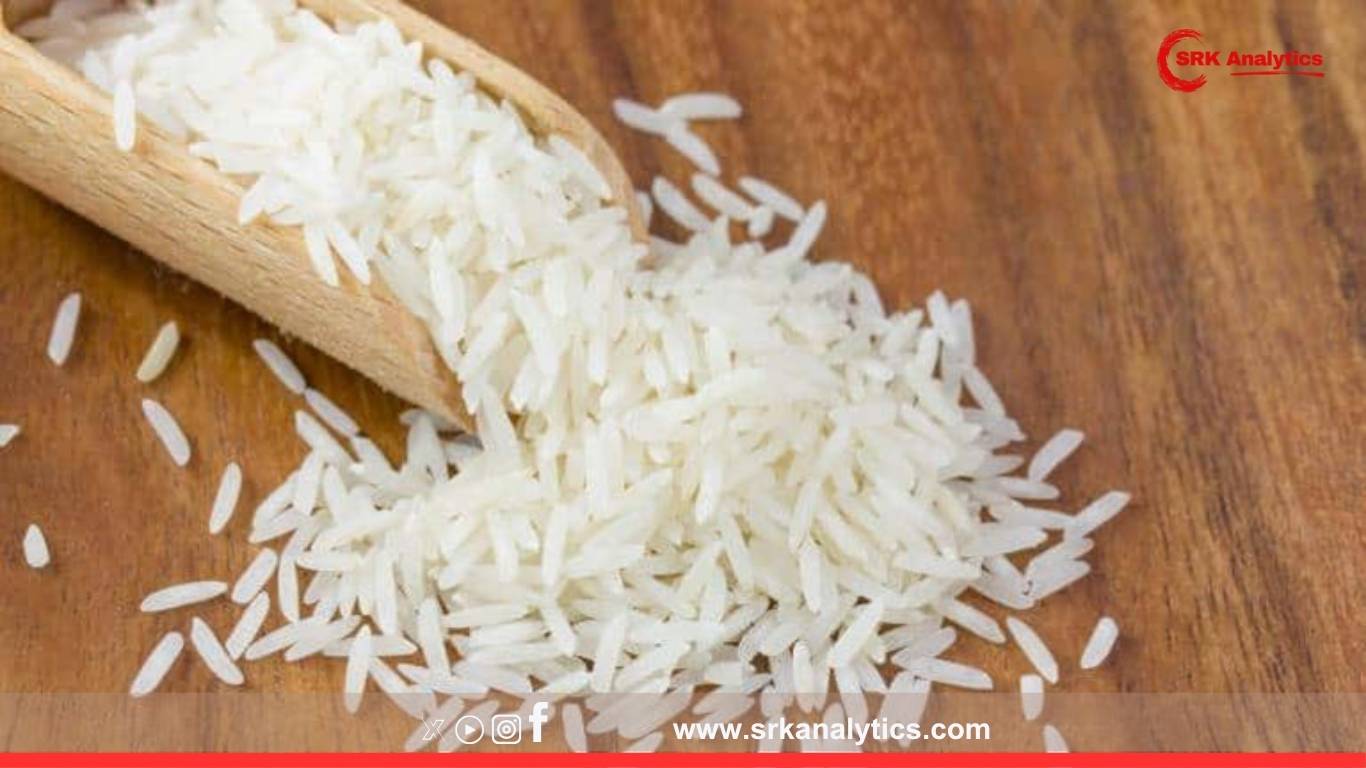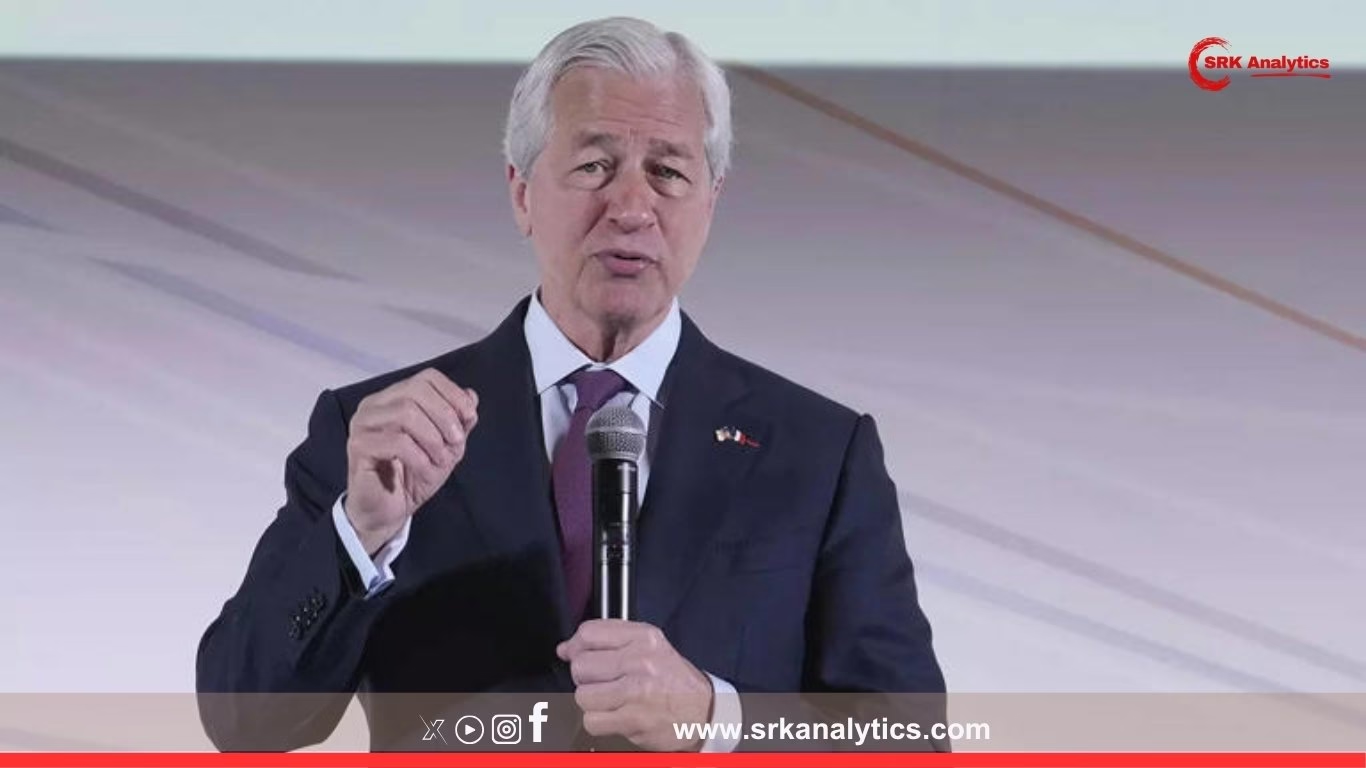In a major strategic move to expand its agricultural export base, India is targeting Southeast Asian nations including Vietnam, Indonesia, and the Philippines to increase basmati rice exports. This initiative comes amid efforts by the Commerce Ministry and Agricultural & Processed Food Products Export Development Authority (APEDA) to diversify export markets, ensuring higher farmer incomes and strengthening India’s position in the global rice trade.
Key Highlights
✅ New export focus: Vietnam, Indonesia, Philippines
✅ India’s current basmati export markets: Iran, Saudi Arabia, UAE, Iraq, Yemen
✅ Total basmati exports FY24: 4.7 million tonnes
✅ Export value FY24: USD 4.8 billion
✅ Share of rice exports in India’s agri exports: ~20%
Why Southeast Asia?
Traditionally, Southeast Asian nations have been self-sufficient in rice production, especially Vietnam and Indonesia. However, growing middle-class demand for premium aromatic rice varieties and urban dietary diversification have opened niche markets for basmati exporters.
Factors Driving The Push:
- Diversification: Reduce overdependence on West Asian markets facing geopolitical and payment challenges.
- Higher margins: Basmati commands premium prices in urban Southeast Asian supermarkets.
- FTA Leverage: Potential trade agreements under discussion with ASEAN countries to reduce import duties.
- Soft Diplomacy: Strengthening ties with ASEAN nations via agricultural cooperation enhances strategic presence in the Indo-Pacific.
Basmati Export Trends (Last 5 Years)
| Year | Quantity (MT) | Value (USD billion) | Top Destination |
|---|---|---|---|
| FY20 | 4.45 million | 4.33 | Iran |
| FY21 | 4.63 million | 4.02 | Saudi Arabia |
| FY22 | 4.08 million | 3.54 | Iran |
| FY23 | 4.56 million | 4.78 | Saudi Arabia |
| FY24 | 4.70 million | 4.80 | Saudi Arabia |
(Source: APEDA export data)
India’s Current Export Basket
| Country | Export Quantity FY24 (MT) | Share (%) |
|---|---|---|
| Saudi Arabia | 1.08 million | 23% |
| Iran | 0.96 million | 20% |
| Iraq | 0.44 million | 9% |
| UAE | 0.42 million | 9% |
| Yemen | 0.40 million | 8% |
| Others | 1.40 million | 31% |
Total: 4.70 million MT
Commerce Ministry’s Strategy
The Department of Commerce in collaboration with APEDA has laid out a multi-pronged strategy to tap Southeast Asian markets:
1. Trade Delegations & Promotional Events
- Organising Basmati Rice Festivals in Jakarta, Hanoi, and Manila to showcase cooking techniques and aromatic quality.
- Engaging with leading importers, supermarkets, and restaurant chains.
2. Certifications & Branding
- Promoting GI-tagged Indian basmati rice as a premium aromatic variety distinct from local rice types.
- Ensuring strict quality compliance to overcome non-tariff barriers like pesticide residue limits.
3. Bilateral Trade Negotiations
- Exploring tariff concessions under India-ASEAN FTA reviews to make basmati rice price competitive.
4. Logistics Optimisation
- Reducing freight costs via direct shipping lines from eastern ports (Kolkata, Visakhapatnam) to ASEAN hubs.
Potential Market Size Estimates
| Country | Annual Rice Consumption (MT) | Potential Basmati Import Market (MT) |
|---|---|---|
| Vietnam | 22 million | ~50,000-80,000 |
| Indonesia | 38 million | ~100,000-150,000 |
| Philippines | 15 million | ~70,000-100,000 |
(Source: FAO and APEDA market assessments)
These segments represent niche premium markets catering to urban upper-middle-class consumers and hospitality sectors.
Exporters’ Reaction
Exporters are optimistic about government facilitation. Mr. Ashok Sethi, Director, KRBL Ltd, said:
“Vietnamese and Indonesian consumers prefer aromatic rice in hotels and restaurants. Market entry may be slow but will yield high-margin, stable buyers in the long run.”
Challenges In Tapping Southeast Asia
| Challenge | Details |
|---|---|
| Price competitiveness | Domestic rice is cheaper; basmati needs premium branding. |
| Import regulations | Strict SPS (Sanitary and Phytosanitary) standards, pesticide residue norms. |
| Trade barriers | Tariffs between 5%-15% on imported rice. |
| Consumer awareness | Lack of familiarity with basmati varieties outside Indian diaspora communities. |
Government’s Response
Commerce Ministry officials stated:
“We are addressing tariff and regulatory hurdles via bilateral discussions while simultaneously expanding branding initiatives under ‘India Brand Equity Foundation’ for basmati rice.”
International Trade Experts’ View
Dr. Arpita Mukherjee, ICRIER:
“Southeast Asia’s rising income levels create a viable market for Indian basmati, but market development requires sustained promotion and competitive pricing strategies.”
Broader Implications For Indian Economy
- Farmer Income Boost
- Basmati paddy prices are 1.5-2x that of non-basmati rice.
- Greater export demand will increase procurement prices for farmers in Haryana, Punjab, western UP, and Jammu & Kashmir.
- Export Diversification
- Reduces geopolitical and currency risks from overdependence on Middle East markets.
- Strategic Indo-Pacific Partnerships
- Agricultural trade strengthens diplomatic relations with ASEAN, aligning with India’s Act East Policy.
Recent Government Initiatives
✅ APEDA Export Promotion Schemes
✅ New Basmati Rice Export Policy (2024) ensuring strict GI compliance and pesticide residue management
✅ ‘One District One Product’ promotion for basmati in Haryana and western UP
✅ Cold storage and port infrastructure upgrades at Mundra, Kandla, and Vizag
Outlook For FY26
Industry analysts project:
- Basmati export growth: 6-8% CAGR in next three years
- Potential FY26 export target: USD 5.2-5.5 billion
This will depend on success in market diversification combined with stable policies avoiding sudden export bans that hurt international credibility.
Conclusion
India’s push to export basmati rice to Vietnam, Indonesia, and Philippines represents a strategic move to diversify markets, increase farmer incomes, and enhance its agricultural export competitiveness. While challenges remain in tariffs, consumer awareness, and regulatory approvals, concerted efforts by the government and industry could open lucrative premium markets in Southeast Asia, boosting the agricultural economy and furthering India’s soft power in the Indo-Pacific region.
Disclaimer
This article is based on data from APEDA, FAO, Ministry of Commerce, and industry expert insights as of June 30, 2025. Market estimates are indicative and subject to future trade negotiations and demand dynamics.











